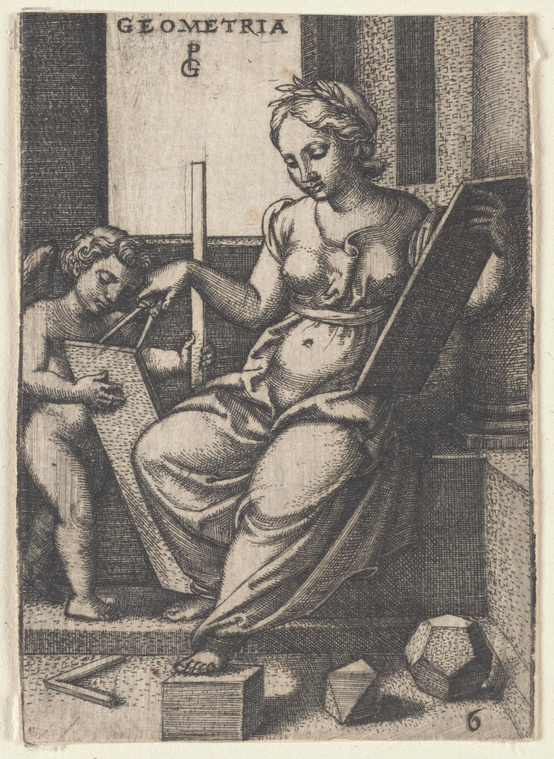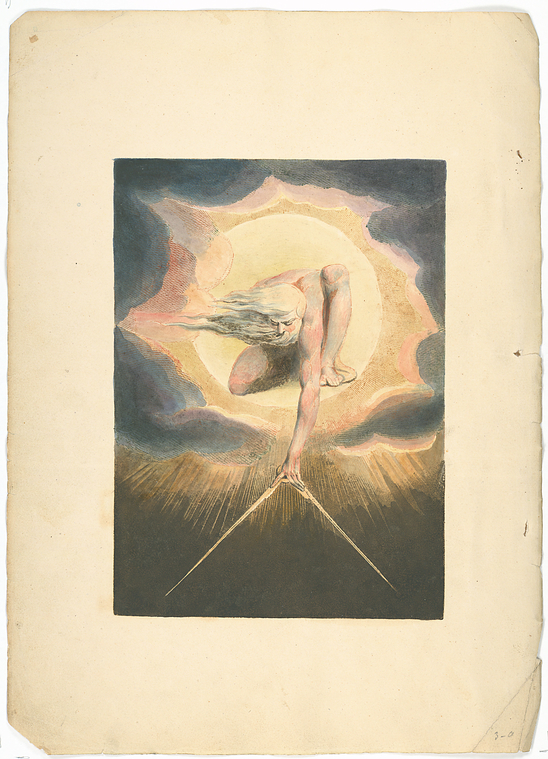The square and compasses is the most famous symbol with which Freemasonry is identified.
However, this is not just a logo that helps the organisation to stand out from the rest.
As with all things in the craft, it is loaded with symbolism. In fact, a thorough analysis of this moniker reveals that it contains all the information we need to identify what freemasonry is about, at its core.
How, then, do we begin to decode this important symbol? The best place to start is with geometry.
The simplest element in geometry is a single point. From this small dot, all other figures can be drawn, whether it be a line or a shape.
Similarly, the point has masonic import. It actually can be seen to represent the creative source of all things, also known as the Great Architect of the Universe.
Why is this the case? Well, if we accept that we all came from a creative start point, we can conclude that time and space also started here.
This would mean that the beginning mustn’t have any dimensions at all, as they all issue from here.
Therefore, the dimensionless point is the perfect image to represent the state in which the Great Architect resides.
Geometria [Geometry], Georg Pencz (1500?-1550) Printmaker
IMAGE LINKED: digitalcollections.nypl.org Attribution 4.0 International (CC BY 4.0)
With the point in place, we can now represent creation, and start to bring in the first of the elements in the logo we are attempting to decipher – the compasses.
With a pair of compasses, we all know that we can place one arm onto the point and the other can be used to draw out a circle.
This circle can be interpreted to represent our universe. In addition, we have now constructed another famous symbol in freemasonry, the point within a circle – the creator and the creation.

The compasses, then, represent the Great Architect reaching out to all of creation, as depicted in William Blake’s “The Ancient of Days” where we have God reaching down with a pair of compasses in his hand.
We can also see why the compasses in the masonic logo is pointing downwards, from Heaven to Earth.
From the Frontispiece of “Europe: A Prophecy” by William Blake, 1794.
IMAGE LINKED: digitalcollections.nypl.org Attribution 4.0 International (CC BY 4.0)
Let’s now turn our attention to life on the circle itself. Imagine that time flows around this circle, in one direction.
Our individual lives might take up the tiniest segments of this circle. Also, we are not concerned, here, with the idea that time might be cyclical.
The circle is just a symbol for the universe as it relates to its creator.
The religions of the world tell us that God is always with us, at every place, and every time, and the circle is a perfect way of showing this.
No matter where we are on the circle, this dimensionless centre point is always present, at ninety degrees to our direction of travel. As you may have guessed, this is where the other element of our logo comes into play – the Square.
Through this implement for measuring right angles, we can hope to find the creative source at the centre. Note that this is also why the square is pointing upwards, in opposition to the compasses.
Therefore, the logo that represents Freemasonry symbolises the means by which the source of creation reaches down to us, and how we can retrace that link back.
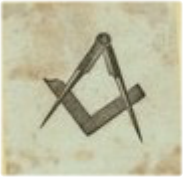
There is a third, less obvious element within the logo: the fact that the two symbols overlap.
This can be seen as representing the human organism. As conscious beings, we are connected to the creative source through the bridge represented by the compasses.
By turning our attention to this fact, and using our awareness, we can trace this connection back to its origin, a process represented by the use of the square.
By joining the two together as one symbol, we are brought back to the idea of the point within the circle, only this time, the circle is our personal being and the point is within ourselves.
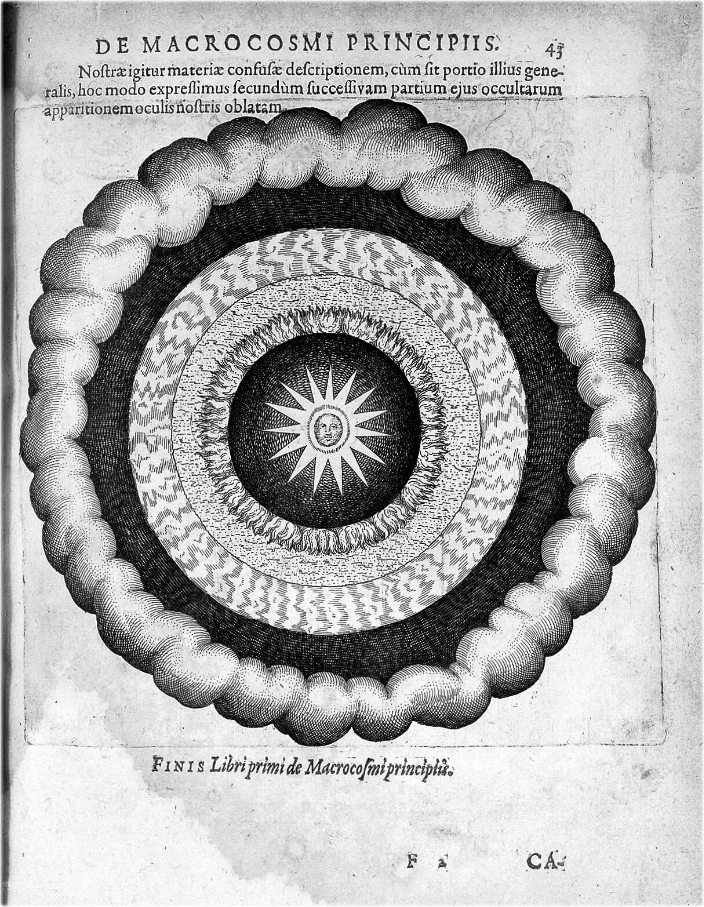
Utriusque cosmi maioris scilicet et minoris metaphysica [Robert Fludd]
IMAGE LINKED: Wellcome Collection Attribution 4.0 International (CC BY 4.0)
This helps us uncover another idea, that of the macrocosm or the whole universe, and the microcosm or the conscious human being, being connected.
Through our own industry we can reach down within ourselves and locate the source of all things, thus helping us to find greater understanding of our place in the wider scheme.
It is important to mention, here, that the square and compasses are displayed on the volume of the sacred law, in our lodges.
This is a clever positioning, as that volume itself is the divine reaching out to us, and is also the means by which the reader can trace back the connection to uncover divine and moral understanding.
This is the reason the square is interpreted as representing morality in freemasonry, that perpendicular line continually linking us with all that is good.
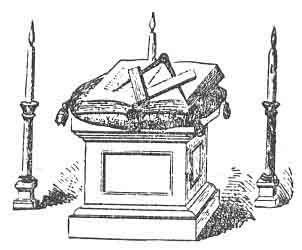
To bring us up to date, let’s examine the more modernised version which was designed for the tercentenary.
This logo contains the familiar square and compasses, and does nothing to diminish what they symbolise.
However, in this newer version, in an attempt to display Freemasonry as a more open organisation, the two are separated.
Logos of The United Grand Lodge of England (UGLE) for comparison
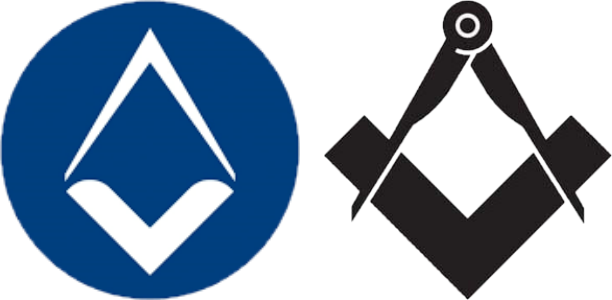
Left: Current Version
Right: Previous version
Logos copyright UGLE
The original logo had the two tools united for a symbolic reason. Now that the official symbol has them separated, it can no longer symbolise the underlying conscious union of human and divine nature.
In Masonic ceremony, this very important positioning gives reason as to why the points of the compasses are slowly revealed through the three parts of the initiate’s journey.
The candidate is revealing that fundamental divine connection within himself, if not actually within the ceremonies, then throughout the extended journey of his Masonic life.
This suggests that the modern design has inadvertently lost something important.
In summary, the aim of the journeying Freemason is to seek that which was lost.
In the Bible, this loss is represented by Adam and Eve leaving the garden of Eden and losing their conscious connection with the source of creation.
This is a loss mirrored throughout the religions of the world, and Freemasonry describes how that which was lost can be found again, with the centre, and through the united aid of the square and compasses.
Article by: Craig Weightman

Craig Weightman grew up in Hinckley, Leicestershire and was educated at the University of Leicester, gaining a degree in Psychology and Computer Science.
He was initiated into Freemasonry in 2003, and became master of his lodge in 2014.
Outside of his interests in Freemasonry, Craig is a lecturer in Computer Games Design and Computer Science at a college in Warwickshire. He also develops websites for businesses.
Craig is the author of 'A Journey in Stone'.
 A Journey in Stone – Extracts of Wisdom p.10 More extracts of wisdom from Craig Weightman's book 'A Journey in Stone' – in this final part in the serialisation, we discover the Transformative Symbolism of the Royal Arch – and the end of the journey. |
 A Journey in Stone – Extracts of Wisdom p.9 More extracts of wisdom from Craig Weightman's book 'A Journey in Stone' – this month, we explore the 'Illusion of the Self and the Truth of Interdependency' |
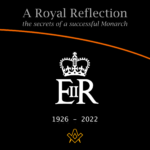 A Royal Reflection – the secrets of a successful Monarch On the death of Her Majesty Queen Elizabeth II, Craig Weightman, in a fitting tribute to an exemplar, recently departed, reflects on how the late Monarch's life demonstrated how we should all live every moment, as we serve others. A poignant reflection on a life that was resplendent in virtue, to the benefit of all, which is what Freemasonry attempts to teach us. |
 A Journey in Stone – Extracts of Wisdom p.8 More extracts of wisdom from Craig Weightman's book 'A Journey in Stone' – this month, we explore |
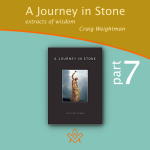 A Journey in Stone – Extracts of Wisdom p.7 More extracts of wisdom from Craig Weightman's book 'A Journey in Stone' – this month, we explore |
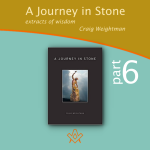 A Journey in Stone – Extracts of Wisdom p.6 More extracts of wisdom from Craig Weightman's book 'A Journey in Stone' – this month, we explore the Working Tools of the Third Degree. |
 A Journey in Stone – Extracts of Wisdom p.5 More extracts of wisdom from Craig Weightman's book 'A Journey in Stone' – this month, we explore the Working Tools of the Second Degree. |
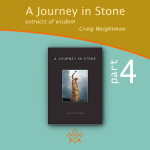 A Journey in Stone – Extracts of Wisdom p.4 The Working Tools of the First Degree – the twenty-four-inch gauge. This book collates masonic author and psychologist, Craig Weightman's collective wisdom and philosophy, taking you on a fascinating 'journey in stone'. |
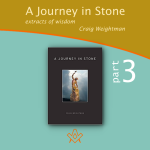 A Journey in Stone – Extracts of Wisdom p.3 This book collates masonic author and psychologist, Craig Weightman's collective wisdom and philosophy, taking you on a fascinating 'journey in stone'. |
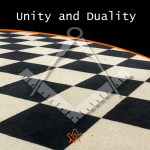 Craig continues his previous exploration into the 'hero's journey' through life's travails; this month we discover how within the stormy sea of battling opinion and confusion, there is an island called Freemasonry. |
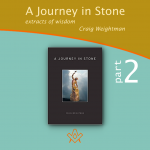 A Journey in Stone – Extracts of Wisdom p.2 This book collates masonic author and psychologist, Craig Weightman's collective wisdom and philosophy, taking you on a fascinating 'journey in stone'. |
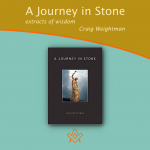 A Journey in Stone – Extracts of Wisdom p.1 For those who have enjoyed Craig Weightman's thought-provoking and inspiring monthly features, this book collates his collective wisdom and philosophy, taking you on a fascinating 'journey in stone'. |
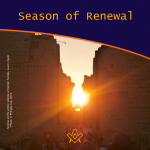 This spectacle takes place at the same time every year. Literally, the sun 'dies' for three days, then is reborn on the Christmas morning. |
 Coming to Terms with the Great War Within Ourselves Discover your 'shadow' - the black-and-white path to self-awareness - "A man who is possessed by his shadow is always standing in his own light and falling into his own traps...living below his own level." - Carl Jung |
 The Masonic Art of Being a Gentleman What defines the masonic art of being a gentleman; a chivalrous, courteous, or honourable man? |
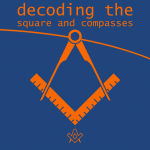 Decoding the Square and Compasses The square and compasses is the most famous symbol with which Freemasonry is identified. However, this is not just a logo that helps the organisation to stand out from the rest. |
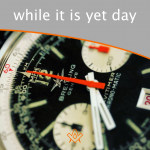 Each moment is a gift that you can make the most of. We can all do more; many of us do not live our lives to the full. |
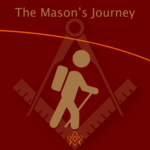 The hero’s journey can also be seen in the Masonic system; a candidate first considers embarking on the Masonic journey but wonders whether it is really for him |
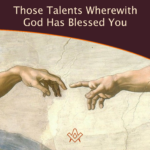 Those Talents Wherewith God Has Blessed You Incorporated in the charge to the initiate, has a lasting impression of what Freemasonry is all about. |
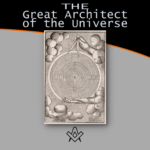 The Great Architect of the Universe When a candidate for 'Regular' Freemasonry is interviewed, prior to being admitted, he is always asked if he believes in a Supreme Being. |
masonic knowledge
to be a better citizen of the world
share the square with two brothers

click image to open email app on mobile device



